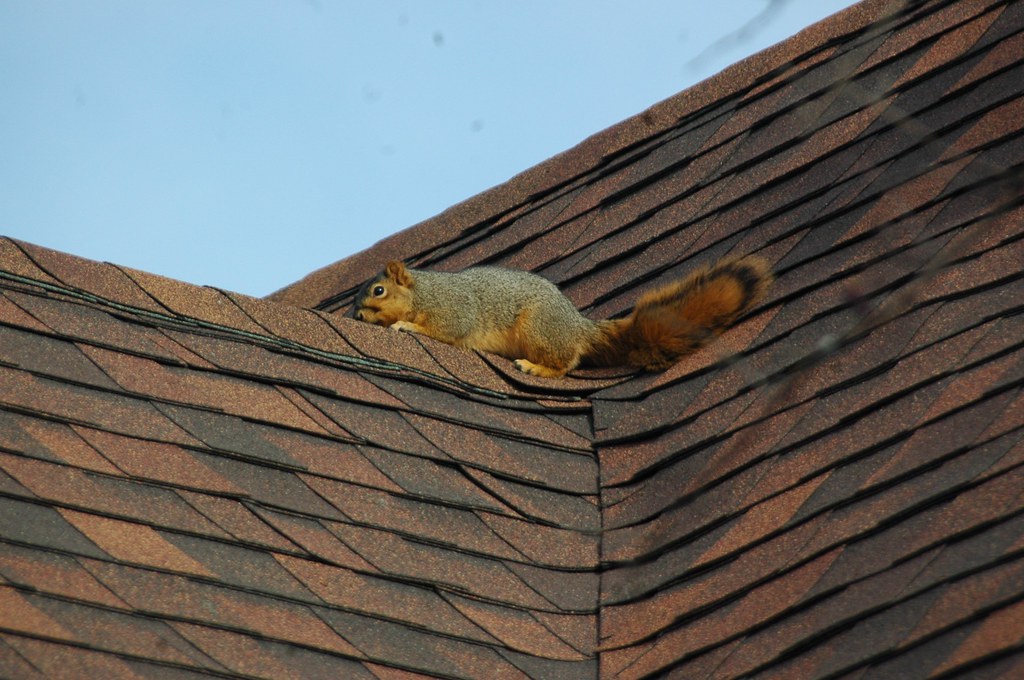Your home’s roof serves as a shield against the elements, providing protection and security for you and your family. However, it’s not just the weather you need to worry about—wildlife can also pose a threat to the integrity of your roof. From nesting birds to pesky critters, animals seeking shelter or food can cause damage that compromises the structure and functionality of your roof. In this article, we’ll explore effective strategies for safeguarding your roof from wildlife damage.
Identify Potential Entry Points
The first step in preventing wildlife damage to your roof is to identify and seal any potential entry points. Inspect your roof regularly for gaps, cracks, or openings where animals could gain access. Pay close attention to areas around vents, chimneys, and roof edges, as these are common entry points for birds, squirrels, raccoons, and other creatures.
Trim Overhanging Branches
Overhanging tree branches can provide easy access to your roof for squirrels, raccoons, and other agile climbers. Trim back branches that hang over your roof to eliminate potential pathways for wildlife. Additionally, keeping trees trimmed away from your home reduces the risk of falling branches causing damage during storms.
Install Chimney Caps and Vent Covers
Chimneys and vents are attractive nesting sites for birds and small mammals. Install chimney caps and vent covers to prevent animals from entering and nesting in these areas. These simple yet effective measures can help keep unwanted visitors out while still allowing proper ventilation for your home.
Secure Trash and Food Sources
Trash cans and outdoor food sources can attract wildlife looking for an easy meal. Secure trash cans with tight-fitting lids, and avoid leaving pet food or birdseed outdoors, especially near your home. By removing potential food sources, you can discourage animals from congregating around your property and seeking shelter in your roof.
Use Deterrents
Consider using humane deterrents to discourage wildlife from accessing your roof. These can include motion-activated lights or sprinkler systems, ultrasonic repellents, or natural deterrents like predator urine or chili powder. While these methods may not guarantee complete prevention, they can make your roof less appealing to curious critters.
Schedule Regular Inspections
Regular roof inspections by qualified roofing professionals can help detect signs of wildlife activity before damage occurs. Look for droppings, nesting materials, or chew marks during your inspections, as these can indicate the presence of unwelcome visitors. Promptly address any issues to prevent further damage and protect the integrity of your roof.
Protecting your roof from wildlife damage requires proactive measures to identify potential entry points, eliminate attractants, and deter unwanted visitors. By taking these steps to safeguard your roof, you can prevent costly repairs and ensure that your home remains a safe and secure haven for you and your family.
Atlanta Roofing Specialists is a full service residential and commercial roofing contractor serving Metro Atlanta since 1993. Schedule your no-obligation roof inspection by calling (770) 419-2222 today!

